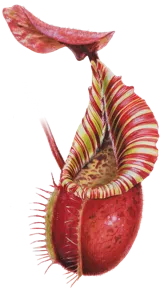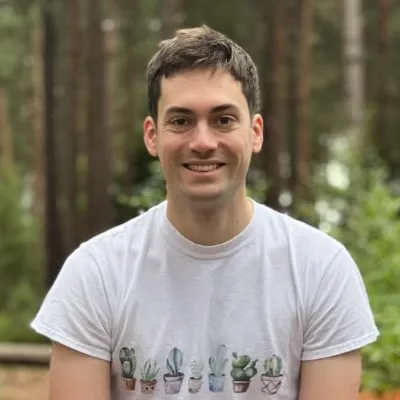To start, upload a photo of your plant:
Your Photo
Species Predictions
FAQ
1. How does the Nepenthes Species Identifier work?
The Nepenthes Species Identifier is a machine learning tool. In a nutshell, machine learning is an application of artificial intelligence (AI) which allows computers to learn skills without being explicitly programmed to do so. By training the system with vast amounts of data - in this case, 21,000 labeled photos of Nepenthes species - the machine can make predictions and even improve itself without human assistance. This technology is powering an explosion of innovation in fields like self-driving cars, speech recognition, and image classification.
Over on my blog, you can learn more about the Nepenthes Species Identifier.
2. Does it work with hybrids?
Not at this time - right now, the machine learning model has been trained solely on photos of species.
3. Why didn’t it identify my plant correctly?
There are many possible reasons. Your photo might not be clear enough, or it might show the pitcher from an unfamiliar or awkward angle. It could also be that your plant doesn’t sufficiently exhibit whatever distinctive features the model has learned to associate with the species.
It’s also important to remember that some species are more common in cultivation than others, and that this fact has impacted the model’s training. For species which are rarely encountered in collections and therefore seldom photographed, it’s likely the model won’t have learned to recognise the species in all its variability.
4. What happens if I submit a photo of something else?
Normally it tells you that it can’t find any identifiable pitchers. But occasionally it tries anyway! An early version of this model had a suspicion that my cat was a Nepenthes ovata.
Remember that this program was trained exclusively on images of Nepenthes pitchers; this is its only job. This isn’t an AGI that’s developed a penchant for carnivorous plants.
5. Can I submit images of my plants to help train this AI?
Not right now, but we’re working on it - watch this space!
Top photo credit: Nepenthes robcantleyi, photographed in situ by Laurent Taerwe.


